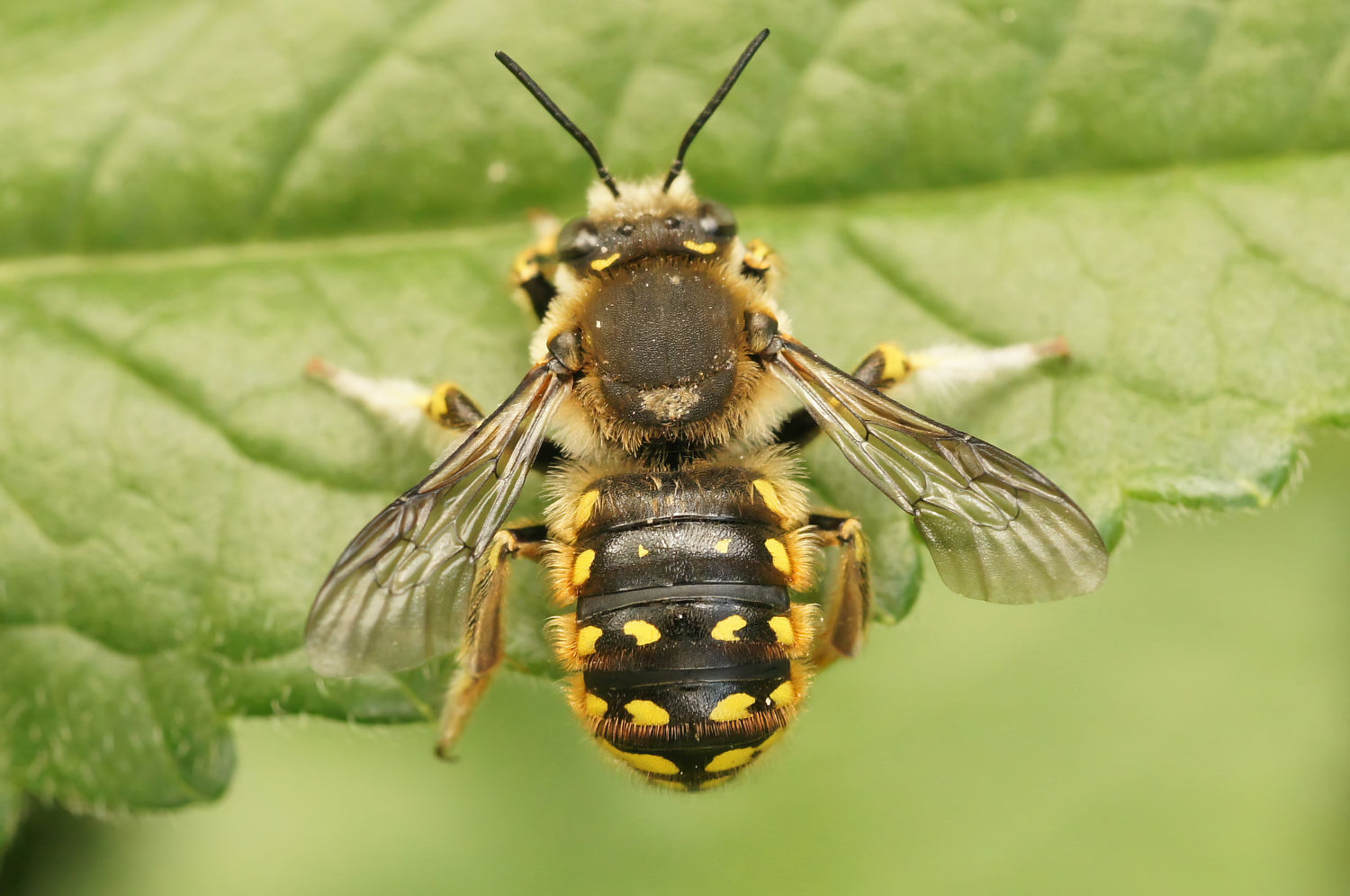Plants for Pollinators
Discover the Best Bulbs and Plants for Bees all year round.
Welcome to the buzz-worthy world of bulbs for bees! Whether you're new to gardening or a seasoned pro, planting the right bulbs can help our friendly pollinators thrive.
Why Your Garden Matters to Bees
Our gardens are more than just a place of beauty and relaxation—they’re vital habitats for bees and other pollinators. By planting a variety of nectar and pollen-rich flowers, you can support these incredible creatures all year round.
How To Grow Bee-Friendly Plants
1. Choose Single, Open Flowers: Bees love flowers where they can easily reach the nectar. Single-flowered varieties are the best, as double flowers are often too complex for bees to access.
2. Plant for All Seasons: Bees need food throughout the year. Start with spring bulbs, continue with summer blooms, and don’t forget about late fall and winter flowers!
The Best Flowers for Bees
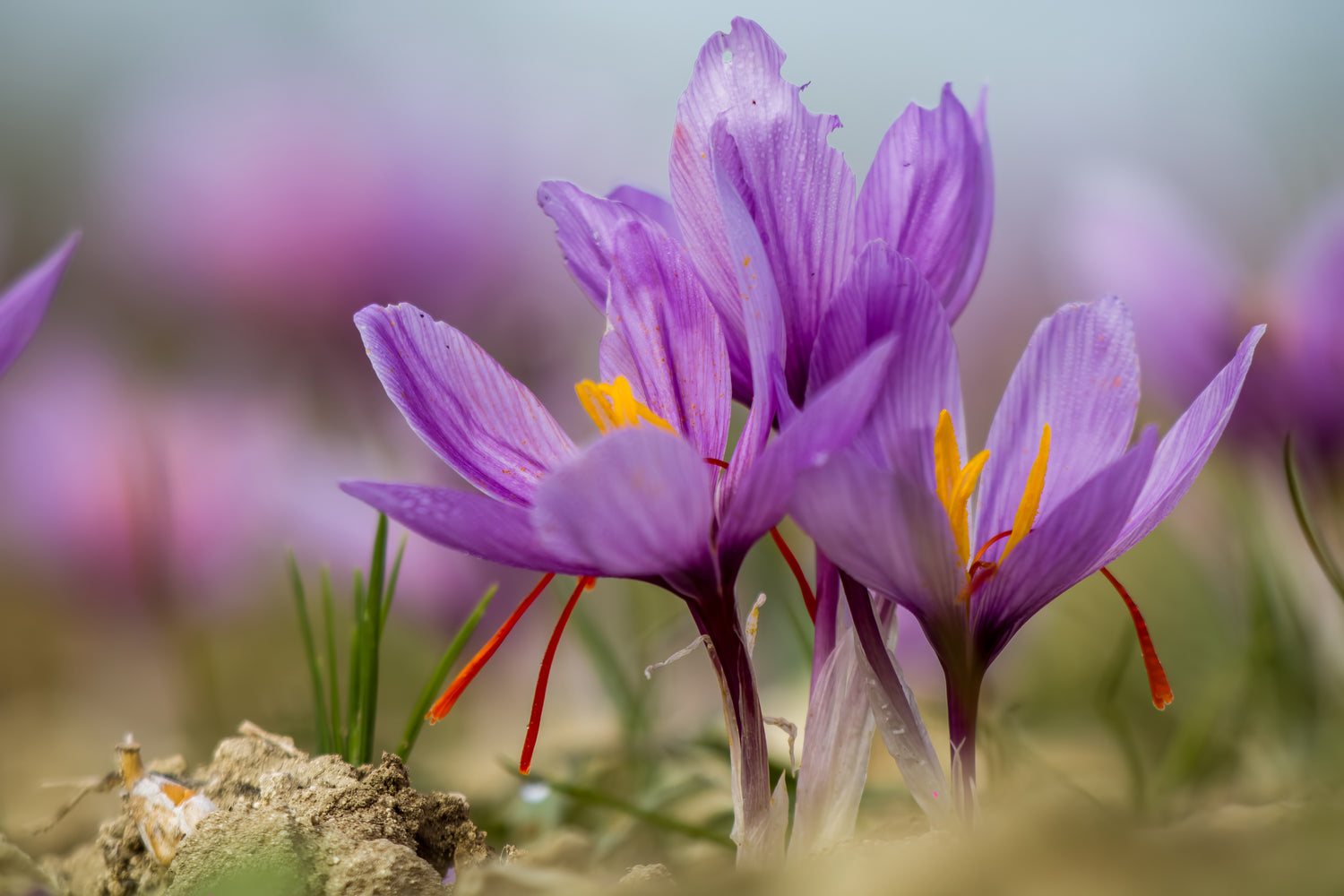
Crocus
Early bloomers that are easy to grow, crocuses burst out of the soil with cheerful colours just in time for the first bees! You'll often see queen bumblebees and Hairy-footed flower bees enjoying the nectar.
- Why Bees Love Them: Crocuses are often the first flower bees encounter after hibernation. Their deep flowers are a buffet for bumblebees and honeybees alike.
- When to Plant: Fall for spring blooms.
- Best Tip: Plant in clusters for a natural meadow look, or line your pathway for a pop of colour in early spring.

Bluebell
The iconic bluebell is not only a woodland wonder, but it's a bee magnet. Bees, especially queen bumblebees, emerge early in spring and are eager to visit bluebell patches.
- Why Bees Love Them: Their deep tubular blooms provide excellent nectar reserves for long-tongued bees.
- When to Plant: Late summer to early fall.
- Best Tip: Naturalize them in shaded areas for a fairy-tale-like garden!
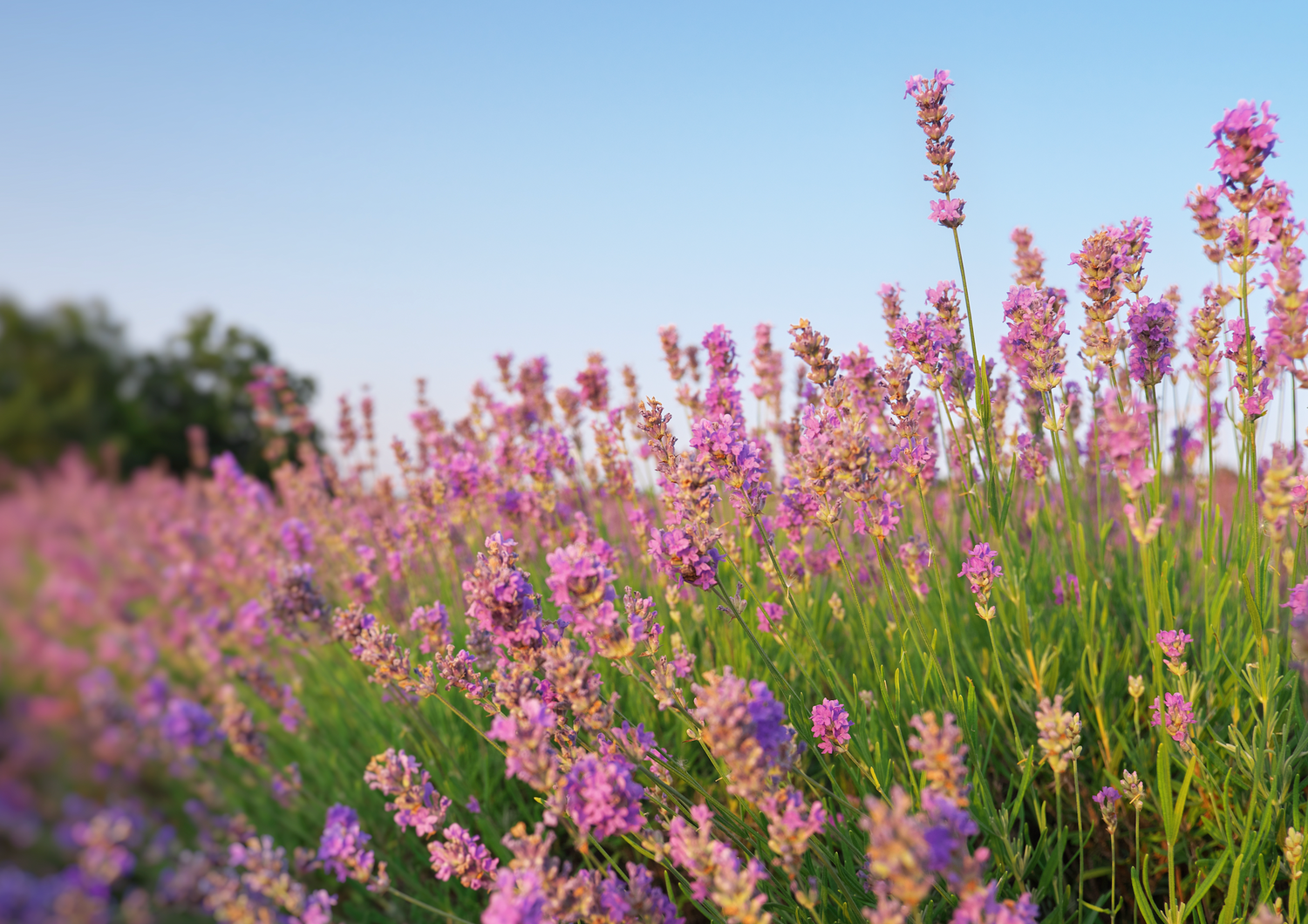
Lavender
Lavender’s soothing scent and stunning purple flowers are as delightful to humans as they are irresistible to bees. Especially loved by bumblebees, leafcutter bees, and mason bees, lavender should be a garden staple.
- Why Bees Love Them: Lavender is packed with nectar and lasts all summer long. Bees can't get enough of those purple spikes!
- When to Plant: Late spring to early summer.
- Best Tip: Cut the blooms back after summer for a second wave of flowers in early fall!
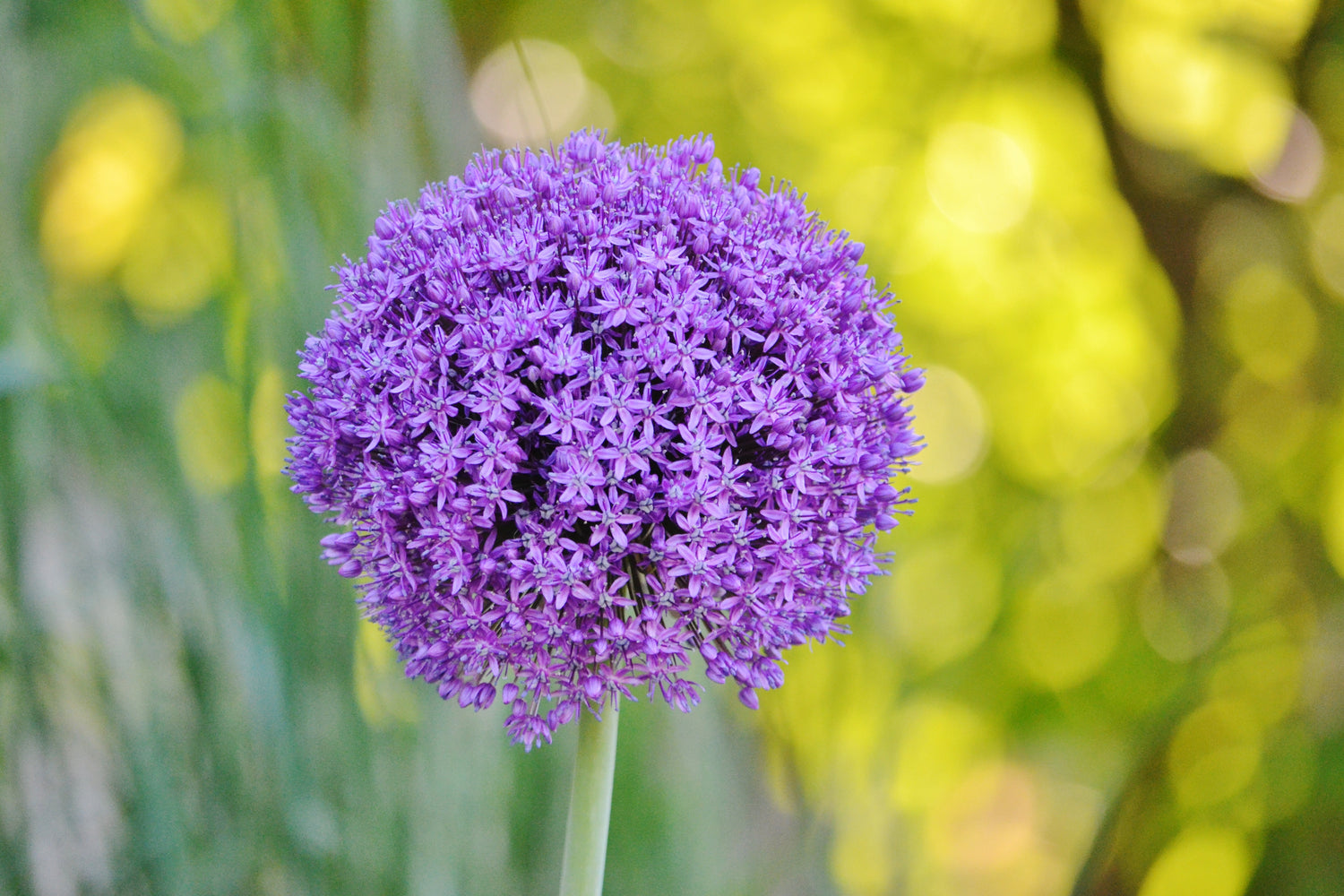
Allium (Ornamental Onion)
Bees go wild for these showy, spherical purple blooms! Alliums are long-lasting and beautiful, a perfect centrepiece for pollinator gardens.
- Why Bees Love Them: Alliums are filled with nectar, and their starburst shape offers plenty of landing room for bees like flower bees and bumblebees.
- When to Plant: Plant in the fall for late spring to summer blooms.
- Best Tip: Combine with other perennials for an eye-catching display.
Best Seasonal Flowers for bees
Spring Flowers

Primrose
Primroses are early risers and a favourite for hungry bees in spring. Their yellow and pink blooms bring much-needed nectar to queen bumblebees as they wake from hibernation.
- Why Bees Love Them: Primroses are full of accessible nectar and pollen. Perfect for early bees.
- When to Plant: In the fall for spring blossoms.
- Best Tip: Plant along garden borders for a splash of colour.
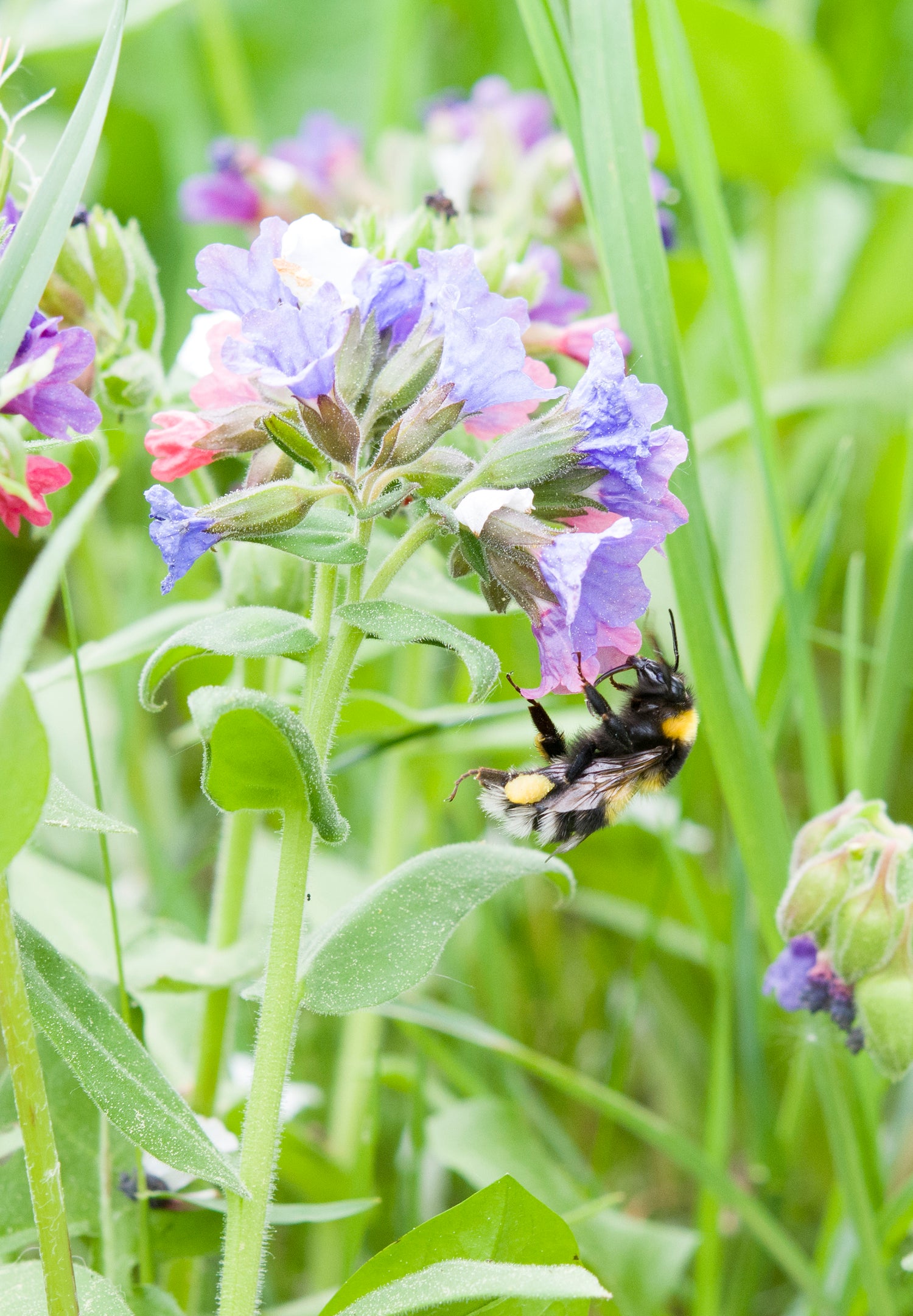
Pulmonaria (Lungwort)
Pulmonaria’s spotted leaves and vivid blue/purple flowers make it both a gardener’s and a bee’s favourite.
- Why Bees Love Them: The purple and blue hues of these flowers stand out to bees, especially the Hairy-footed flower bee.
- When to Plant: Fall for early spring flowers.
- Best Tip: It’s a great ground cover that spreads easily!
Early Summer Flowers
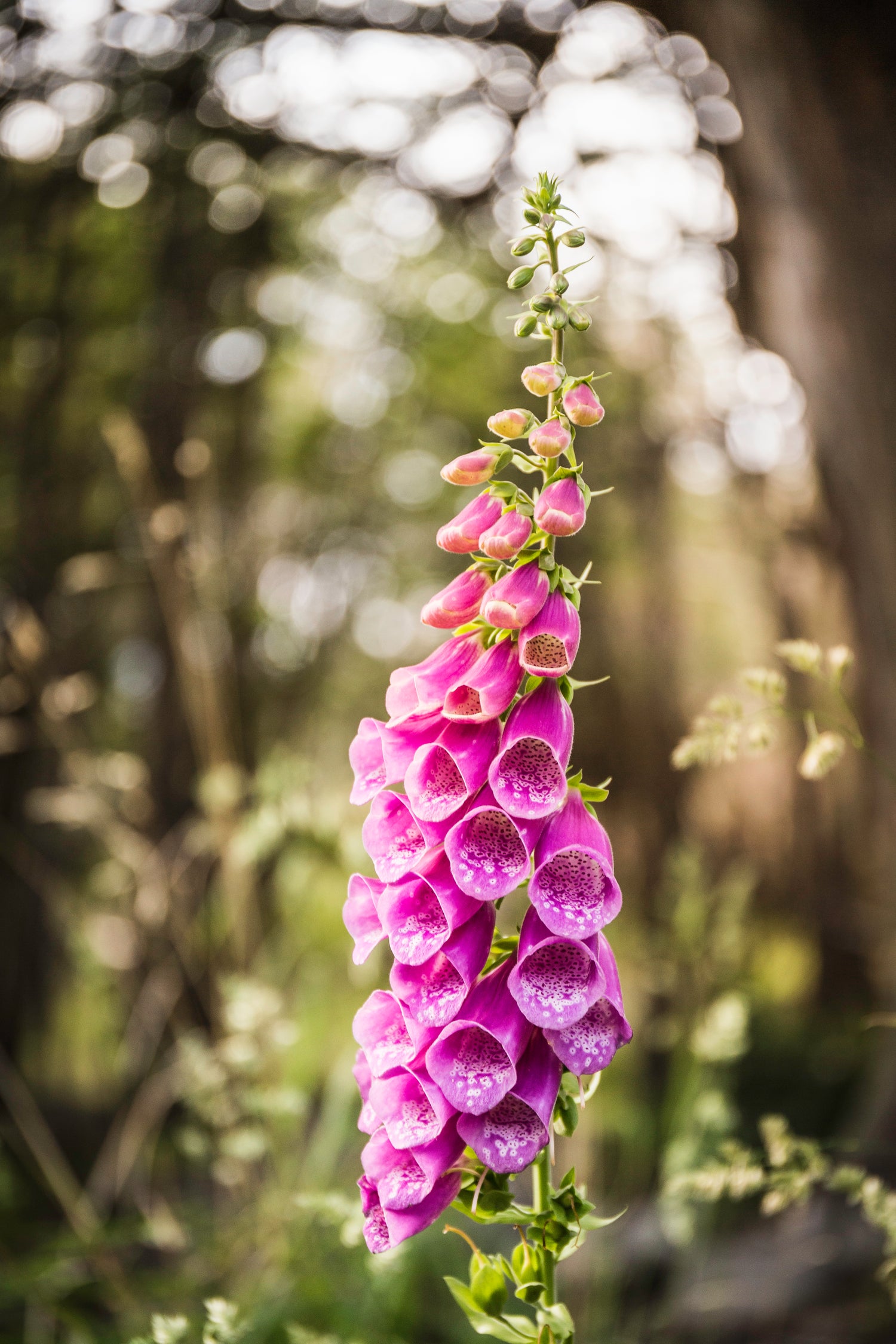
Foxglove
Foxgloves bring towering spikes of tubular flowers that bees can’t resist. Long-tongued bees, like the Garden bumblebee, are frequent visitors to these striking blooms.
- Why Bees Love Them: The tubular shape is perfect for long-tongued bees to reach in and slurp up the nectar.
- When to Plant: Late spring for summer blooms.
- Best Tip: Let them self-seed for future generations of foxgloves and bees!
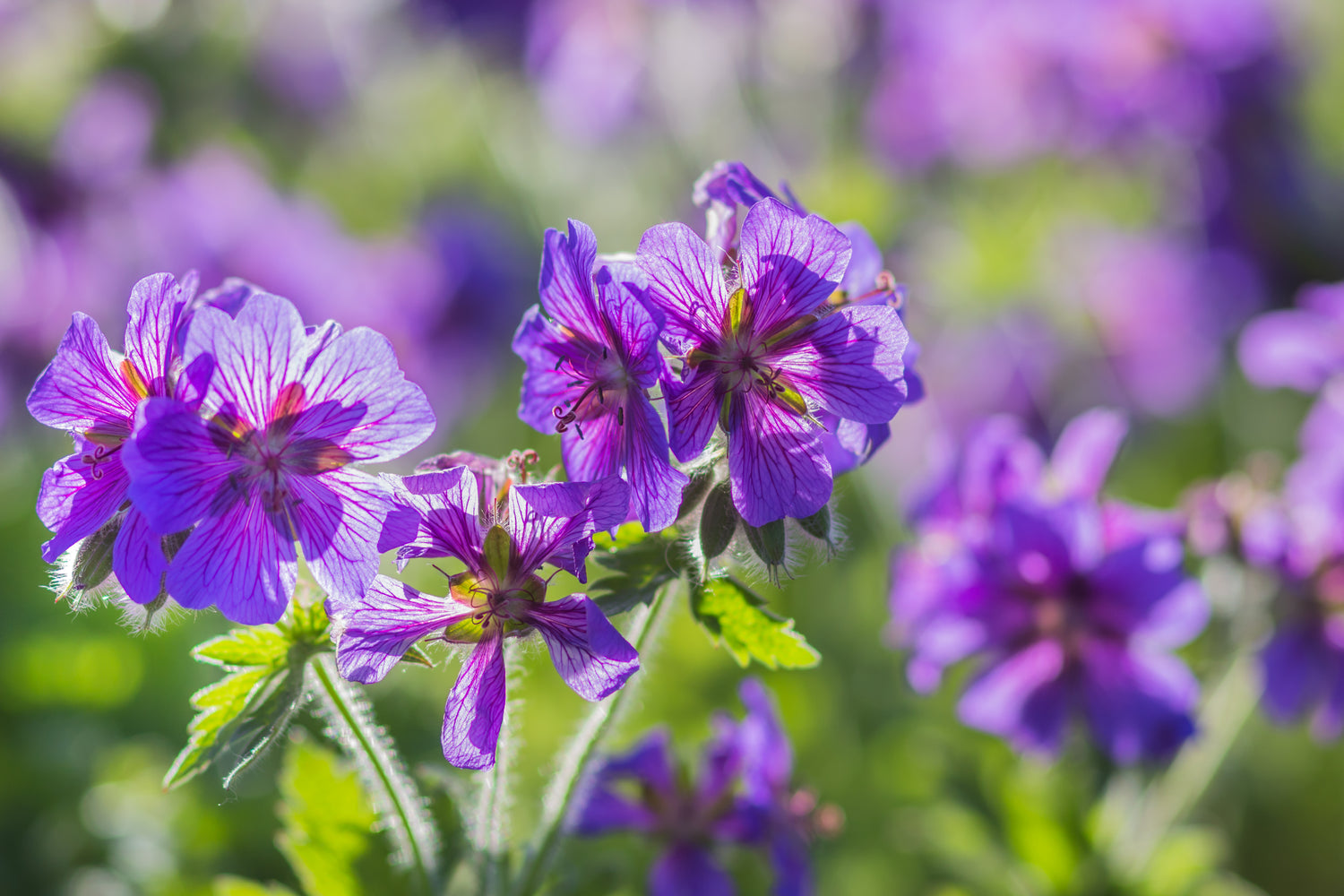
Hardy Geranium
A sturdy and easy-to-grow plant, hardy geraniums offer small but numerous flowers perfect for pollinators like honeybees and bumblebees.
- Why Bees Love Them: The abundance of flowers offers continuous nectar sources throughout the summer.
- When to Plant: Early spring for summer blooms.
- Best Tip: Deadhead regularly to encourage more flowering.
Late Summer Flowers

Aster
Asters provide much-needed nectar for bees at the end of the summer. They’re a must for extending the bee-feeding season.
- Why Bees Love Them: Late-season nectar helps bees prepare for winter, especially bumblebees and mason bees.
- When to Plant: Spring for late summer blooms.
- Best Tip: Combine with late-blooming sedums for an end-of-summer floral explosion!
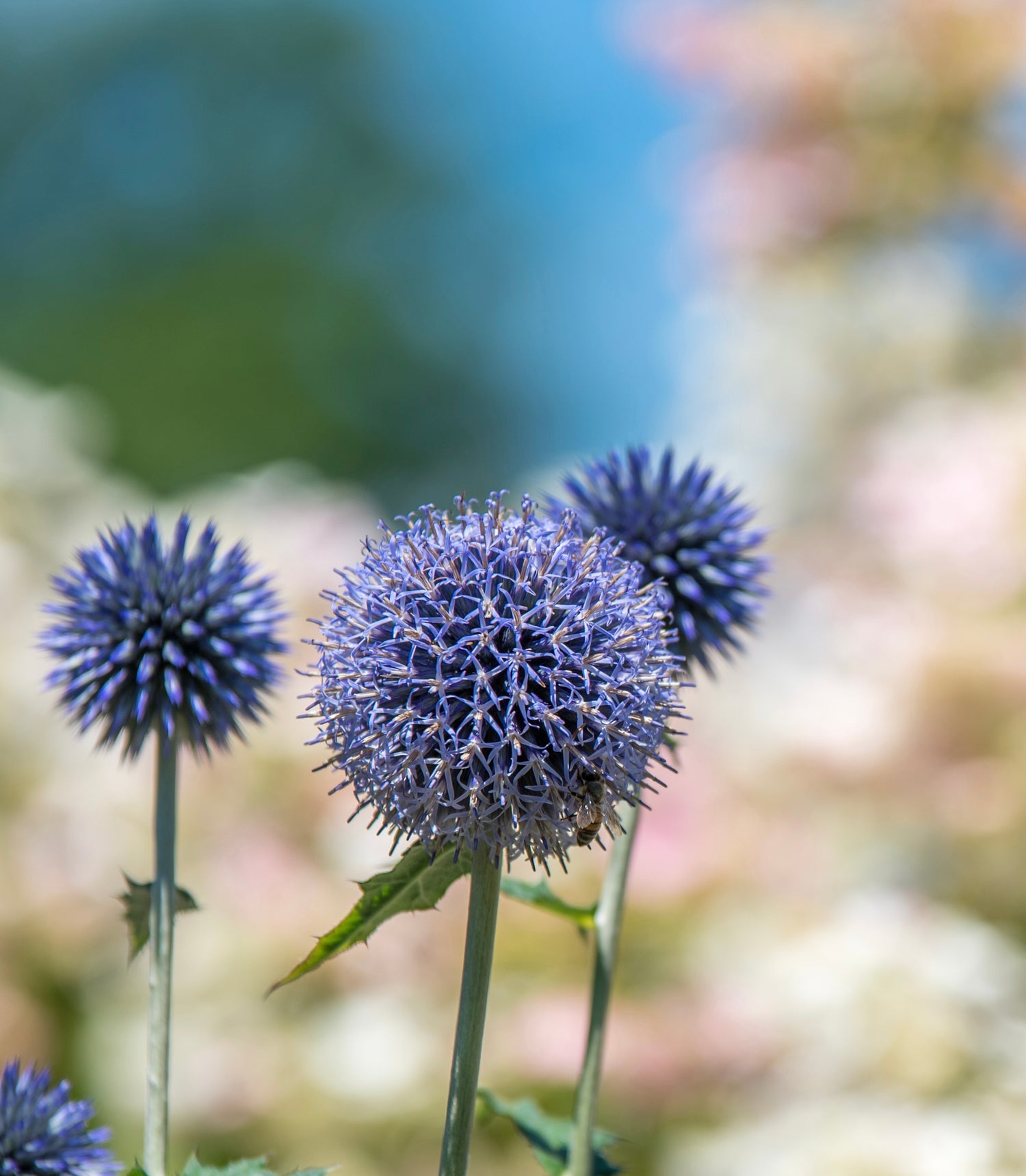
Globe Thistle
With its striking blue spiky blooms, the globe thistle is a beauty in any garden, attracting various bees.
- Why Bees Love Them: Its globe shape is loaded with tiny flowers filled with nectar.
- When to Plant: Spring for summer blooms.
- Best Tip: Plant in well-drained soil and watch the bees line up for a taste!
Winter Flowers

Winter Aconite
Bright, golden-yellow aconites are the perfect antidote to the grey days of winter. Their cheery flowers offer early bees a nectar-filled lifeline.
- Why Bees Love Them: As one of the earliest blooms, they provide vital nectar for bumblebees and spring mining bees.
- When to Plant: Fall for winter blooms.
- Best Tip: Plant in shady, woodland-style gardens for a natural look.
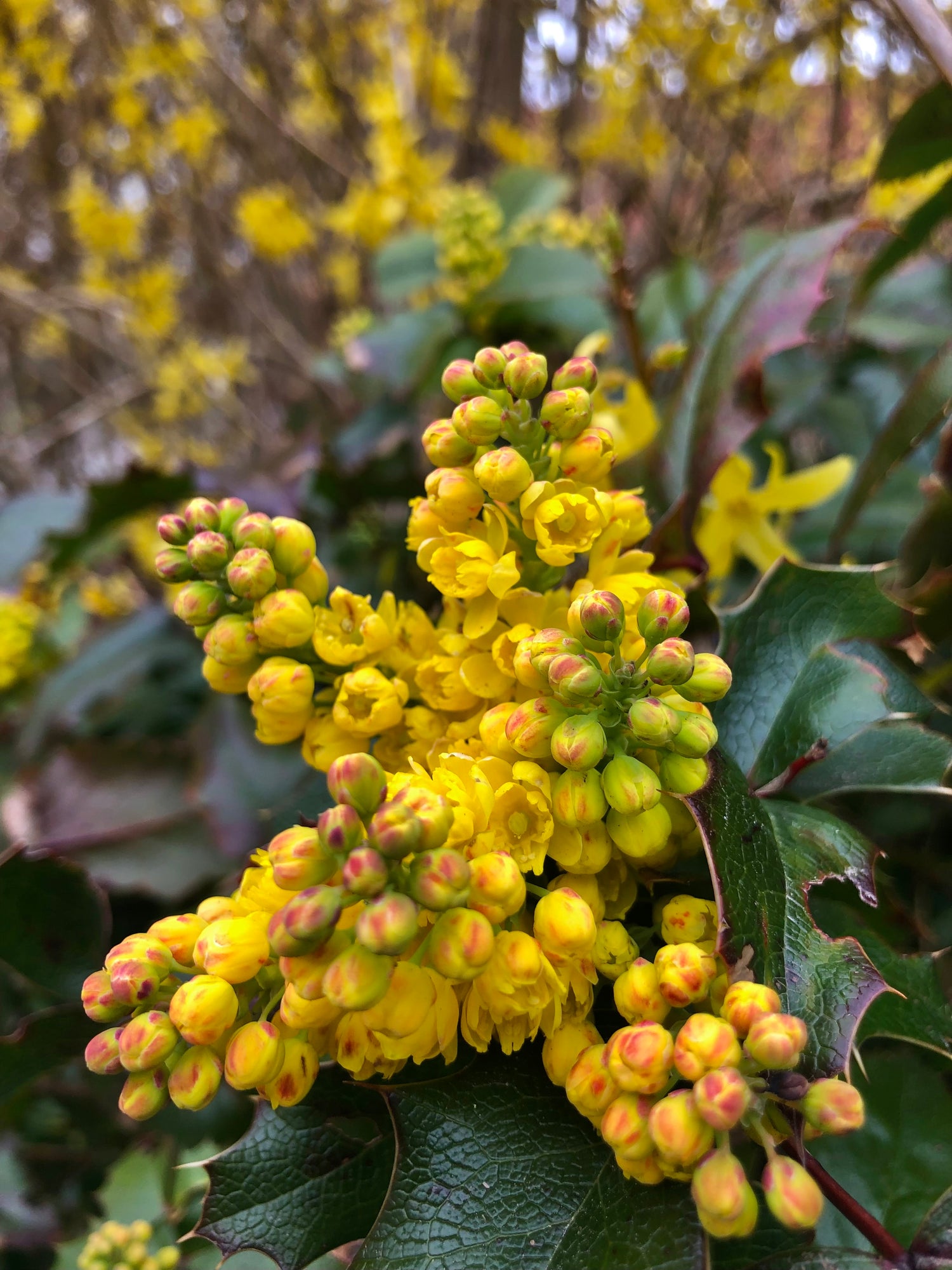
Mahonia
Mahonia’s bold yellow flowers stand out in a winter garden. Its long-lasting blooms help support overwintering bumblebees and honeybees.
- Why Bees Love Them: The sweet, nectar-filled flowers provide a vital energy source when few other plants are blooming.
- When to Plant: Late fall for winter flowering.
- Best Tip: Plant near evergreens for year-round colour.
Top 10 Specialist Plants for Rare Bees
If you want to help rare and vulnerable bees, these plants are key:
Campanula (Bellflower) - Loved by the Bellflower Blunthorn Bee.
Yellow Loosestrife - Home to the Yellow Loosestrife Bee.
Willow (Salix species) - Attracts various mining bees.
Lamb's Ear - Important for the Wool-carder Bee.
Ivy - A haven for the Ivy Bee in autumn.
Scabious - A must for the Small Scabious Mining Bee.
Mignonette - Perfect for Large Yellow-Faced Bees.
Dandelions - Often visited by the Large Shaggy Bee.
Buttercups - Loved by the Large Scissor Bee.
White Bryony - The chosen plant of the Bryony Mining Bee.
Herbs and Veggies for Bees
Your vegetable garden can also help bees! These herbs and vegetables are not only great for your kitchen but also pollinators:
Marjoram (Spring)
Chives (Summer)
Sage (Autumn)
Rosemary (Winter)
Kale (Spring-summer bolting attracts bees!)
Many fruits and vegetables are also bee-friendly plants, so why not grow your own? Organic, home-grown fruit and vegetables provide tasty meals as well as sources of nectar and pollen for bees. In return, you’ll benefit greatly from insect pollination, which results in a more abundant fruit and vegetable yield.
Year-Round Bee Support
Want to keep your garden buzzing all year? Try to have at least two nectar-rich plants blooming during winter, such as winter clematis or winter honeysuckle. These plants help overwintering bees like the buff-tailed bumblebee and provide food during their hibernation breaks.
Tips for a Bee-Friendly Garden
Buy Organic Plants: Try to buy plants from pesticide-free suppliers to protect pollinators.
Share Plants: Swap cuttings or seeds with neighbours for a sustainable and bee-friendly garden.
Grow Native: Native plants often attract native bees and pollinators more effectively than exotic varieties.
Create Your Bee Sanctuary!
With just a few simple plants, your garden can become an oasis for bees. Whether you have a small balcony, a patio, or a large backyard, there’s always room for bee-friendly flowers. Let’s get planting and make the world a better place for our buzzing friends!
Find out how your company can help!


